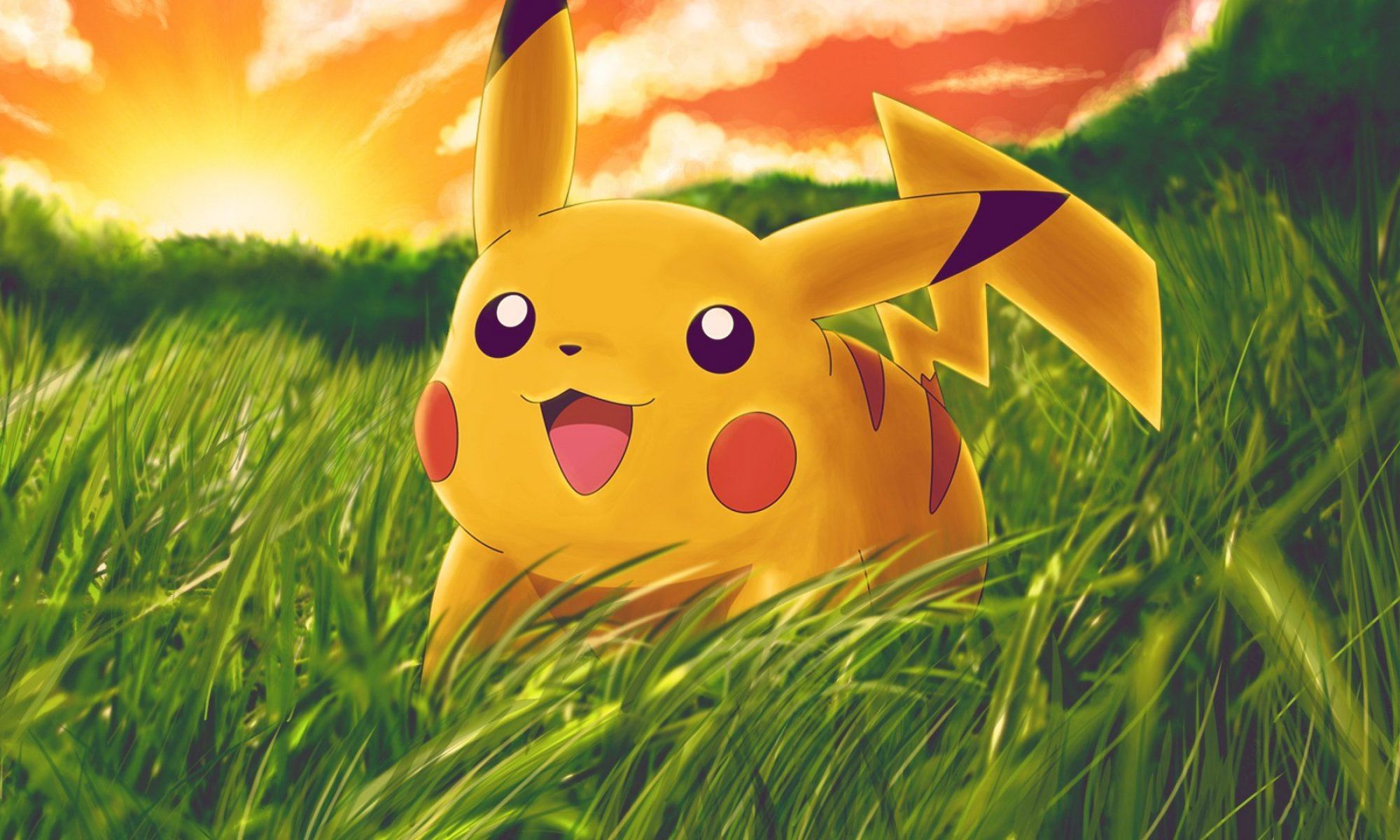By TokoyamiTheDark
Each time there’s a huge success over something, merchandise come right away. Books, toys, magasines etc… but with most big hits, unfortunately comes bootleg/pirated stuff. And what I’ll be talking about is about Fake TCG cards. Many people get fooled and buy fake cards, since the price is a lot cheaper and that tons of rares are to be found. This small guide will teach you how to reckognise fake cards from real ones. Since I can’t put images in a TXT file, my hint is to always look for the details I’ll mention to protect yourself from buying fakes :
1) Real Pokemon cards are sold in Booster Packs or Decks. Decks outside Japan always have 60 cards while recent booster packs has 10 cards. Booster packs can also be found in blister packs (3 packs, 1 promo and a coin) and always feature artwork of Pokemon found within the set. Fake often use alternative art, sometimes even official videogame images. Any decks or booster packs with “www.Go-Pokemon.com” whose series came out after February 2010 is fake, as the website reverted back to “www.Pokemon.com”
2) Fake packs are mostly sold for 2 dollars, or even less than that. The real deal often cost 5 dollars, and the back of fake cards is very light compared to regular ones. Asian countries like Vietnam and China ake known for their merchandise piracy, so if you see cards on eBay that come from these countries, DO NOT BUY!!!
3) Touch the card ; fakes are often thinner, smaller or larger, smoother or even has the border badly cut! Satuation can also be a trick to find fakes, as saturations make the card too much blurry compared to a real one. HP and Energy costs are sometimes exaggerated, as for one example was a Meowth with 720 HP and a Pay day attack requiring 6 Colorless Energies, with the Neo Genesis symbol…and a «2nd Edition » rather than a « 1st Edition »! Other fakes included a Nuzleaf, Machamp and Armaldo with a golden border rather than the usual yellow border
4) Fake cards has a different font than real ones. The Energies are so big, the black symbol sometimes go outside the color circle that represents the element. Fakes has mispellings in both names and attacks and has no “é” for “Pokémon”. Real lv.X cards have their image and borders holofoil while fakes don’t. Also, sometimes fake holos are printed, and they can be reckognized right away when the holofoil in the art doesn’t move ; it was printed from a scanned holofoil card!!!
I hope this small, but somewhat useful guide will help you from doing the differences between real and fake cards. Here’s a few images between real cards and their fake counterparts:
Real VS Fake (Breloom from EX Emerald):
Real VS Fake (Gardevoir from EX Emerald):
Real VS Fake (Machamp from DP):
Fake Dusknoir card (proofs are obvious XD):
Real Lugia LEGEND (left) & Fake Lugia LEGEND (right):
Text ©2011 by TokoyamiTheDark
Tags: Fake Pokemon
